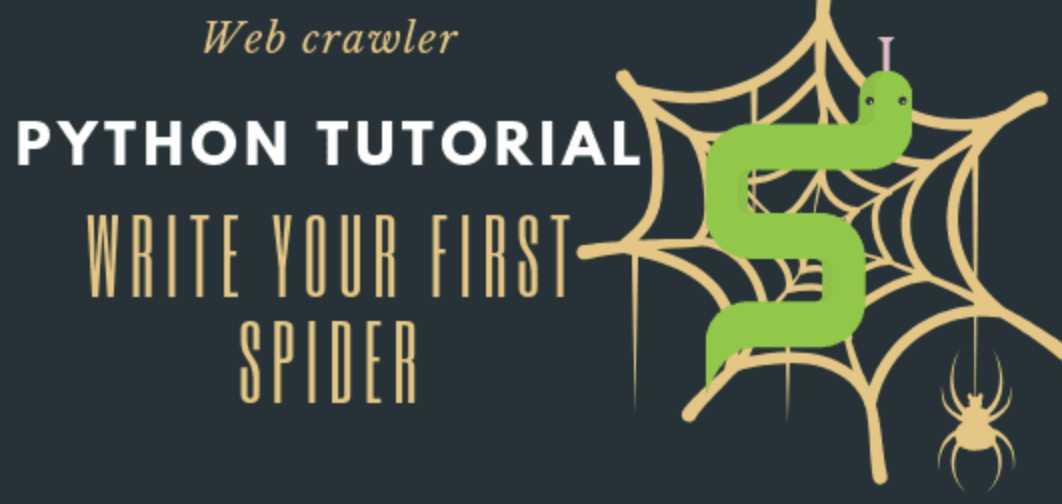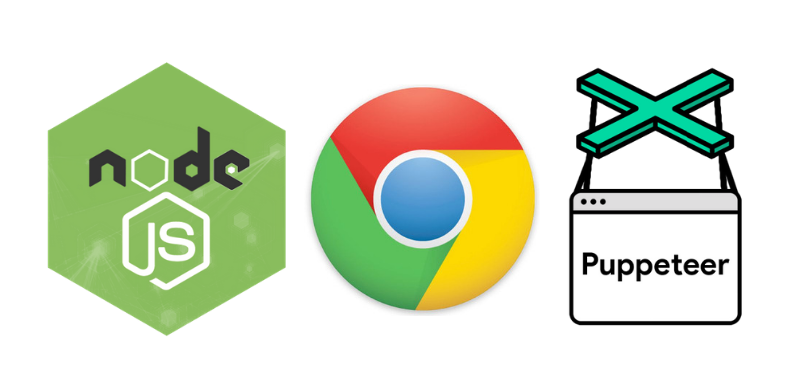5 Common Techniques To Break Through Anti-Spider

It's not hard to write a crawler, especially in Python language. There are a various libraries available, which is easier than writing in other languages. However, even if is written in Python, the crawler may not be able to complete the task efficiently. Because the target website has some anti-spider mechanisms set up. If you cannot break through these anti-spider mechanisms, you can not get the desired information smoothly.
So how to break through the anti-spider mechanism? Here are a few techniques to break through the anti-spider mechanism:
1. Modify User-Agent
The most common and basic approach is to disguise browser information by modifying the User-Agent.
User-Agent is a string containing browser information, operating system information, etc. It also known as a special network protocol. The server uses it to determine whether the current browsing object is a browser, a software client, or a spider.
The specific approach is to set up a User-Agent pool to store the User-Agent information of multiple "browsers", and set the User-Agent of HTTP client at any one time when crawling, so that the blocked User-Agent will be changing all the time and can prevent being blocked.
2. Change IP
One of the mechanisms for many websites use to deal with crawlers is directly block the IP or the entire IP segment to prohibit access. When the IP is blocked, you can switch to other IP to continue to access, so you need to use a proxy to keep switching IP.
For example, TTProxy has over 10 million highly-available proxy IPs, using TTProxy proxy IP to crawl is more secure.
3. Modify cookies
Cookies are actually some encrypted data stored in the user's terminal. Some websites use cookies to identify users.
If certain resources are accessed frequently, they may be noticed by the website and suspected of being a web crawler. At this time, the website can find these visiting users through cookies and refuse to accept their accesses.
So you can build a Cookie pool just like the User-Agent pool, by using different Cookie information to reduce the possibility of being banned.
4. Adjust access frequency and timeout
Large-scale centralized crawling has a great impact on the target website server, which will cause the target website to response slowly or even go down.
Therefore, we must control the access frequency to ensure that the data can be crawled without affecting the normal operation of the target website. It is also necessary to reasonably set the timeout time of the crawler http client connection and response read to ensure that each crawl can get complete and valid data.
5. Distributed crawling
When we need to crawl data on a large-scale, a single device can no longer meet the demand. At this time, we need to crawl through distributed crawlers.
Distributed crawlers can schedule multiple machines in a cluster to allow multiple devices to crawl at the same time, which can complish crawling task more efficiently.
Although the anti-spider mechanism of each website is different, using the five techniques described above can greatly reduce the risk of being banned


